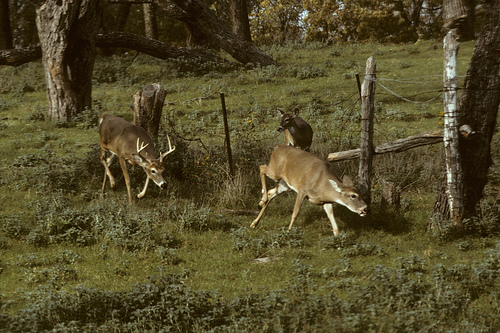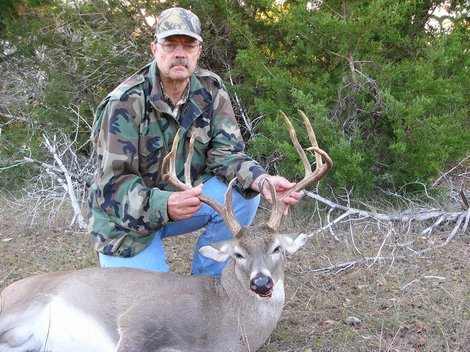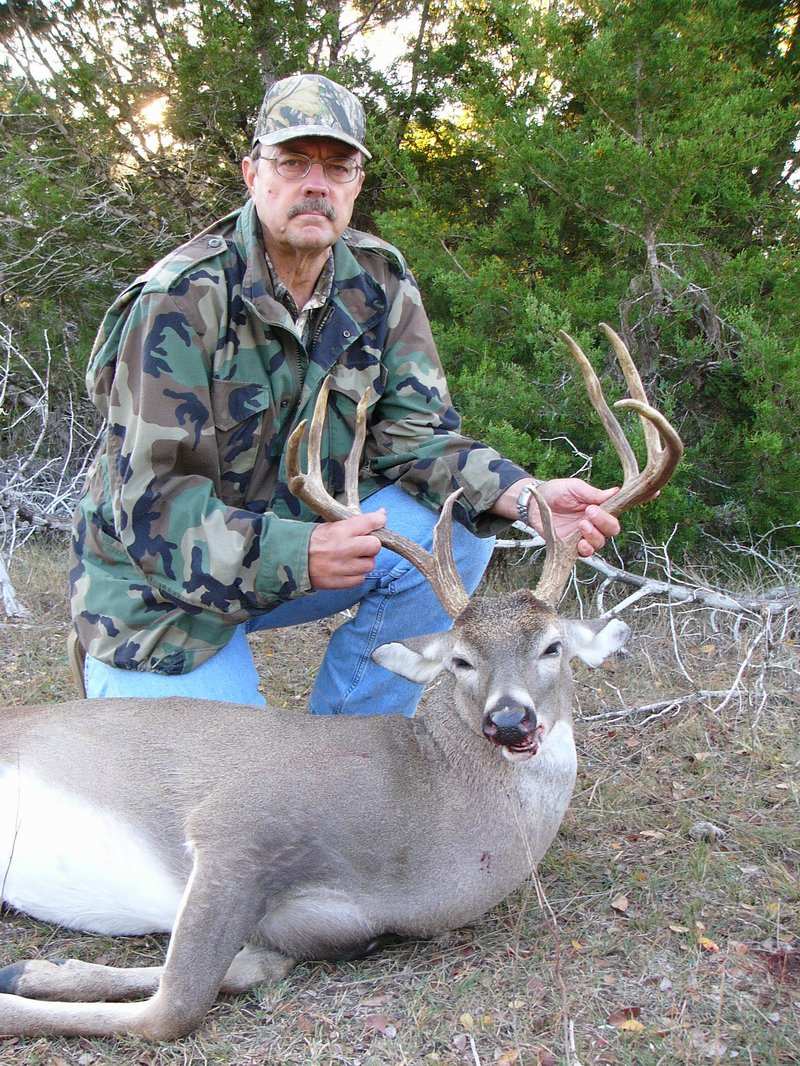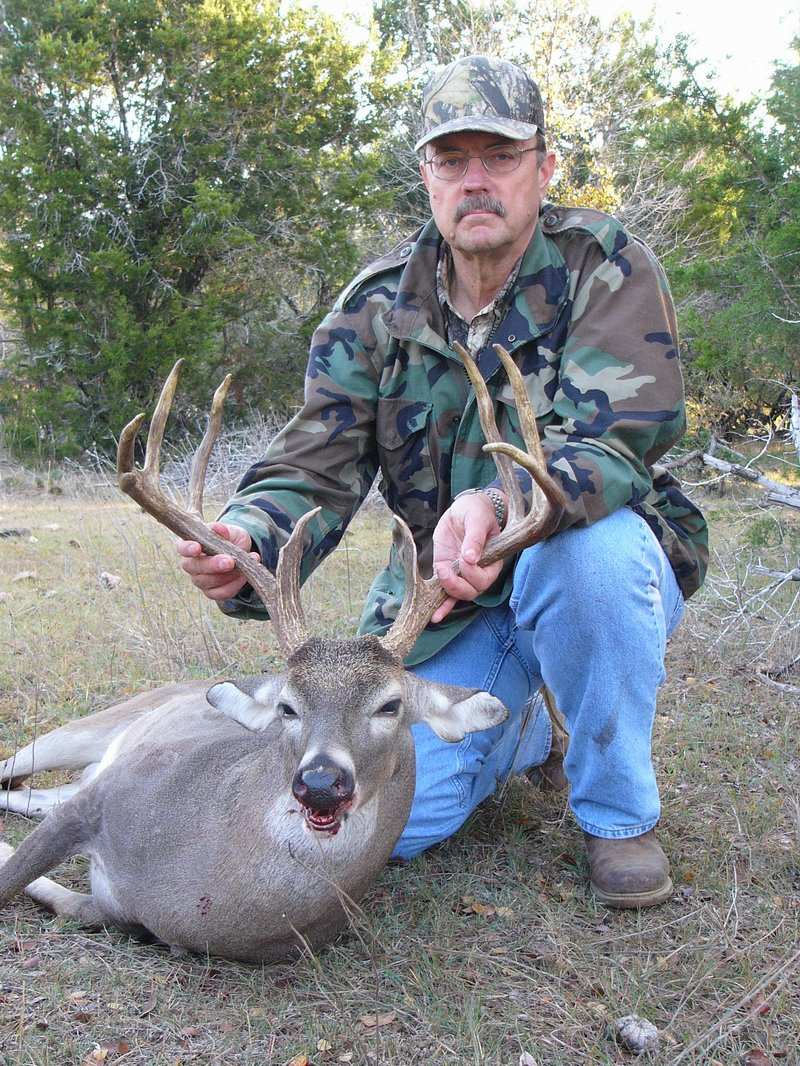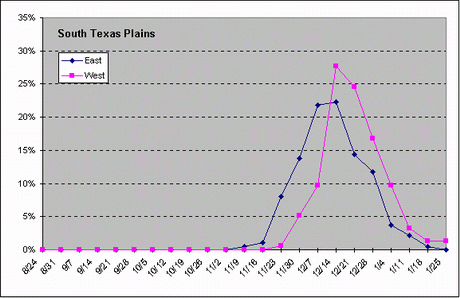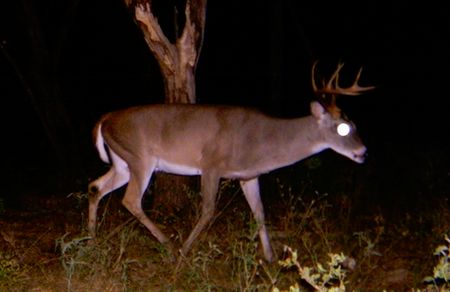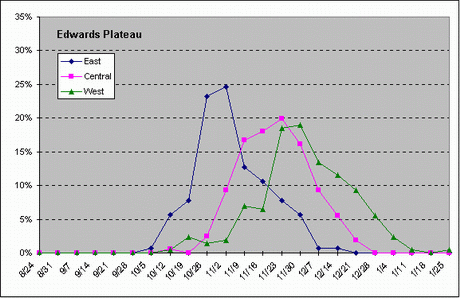The white-tailed deer rut came and went with the the deer hunting season, but let’s not forget the importance of successful breeding in deer management as we look forward to yet another (hopefully) wet spring and summer. Many hunters and deer managers looking to provide additional food sources for whitetail have already started planning their spring food plots while others are knee-deep in brush management, which will mean more high quality forbs. By the way, let’s not forget that winter is the time for managing and reducing brush — not July and August!
The rut is a great time for a deer hunter because mature bucks can become quite vulnerable as they search for or trail hot does, but the rut is also the time of the year when bucks and does handle the business of reproducing the next generation of deer for your property. The length of gestation is plus or minus 200 days for whitetail deer, so it’s pretty easy to calculate when fawns will start hitting the ground on your property or lease. Will the habitat on your property be ready?
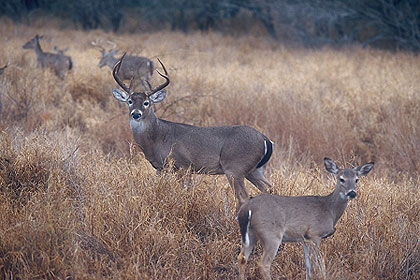
Do Young Bucks Breed?
Until more recently, it’s long been believed that young whitetail bucks did not participate much during the rut. It was often assumed that young bucks bred young does while the middle-aged and mature bucks took care of the middle-aged and older does. The mating system in white-tailed deer was commonly described as dominance-based hierarchy, where dominant bucks did the lion’s share of the breeding. Under this assumption, the bigger, older bucks would pass their genes on to bunches of fawns, while the younger and less dominant (middle-aged and young) bucks would be lucky to sire a fawn or two.
Additionally, it was often thought that older does would simply reject young, unimposing bucks. This reasoning meant the only way a young buck would participate in the rut was to breed a young doe. But as I eluded to earlier, this was the line of reasoning until more recently. Thanks to genetics and the ability to track the DNA of specific animals, research has taught everyone that all bucks participate during the rut.
In fact, a research project out of Texas A&M University-Kingsville found that yearling males successfully mated with females of all ages.
This blew that old theory out of the water and it also documented the occurrence of multiple paternity in the fawns that were produced. In short, the study found several instances where twin fawns born from the same doe were sired by different bucks. So in some cases, mature does were bred by mature and allegedly dominant bucks, but also by yearling (1 1/2 year old) bucks. This information should change the way you view those young bucks on your property. After all, when it comes to deer management — and apparently breeding — both age and genetics are important.
The study, which took place at the infamous King Ranch, also yielded some other interesting tidbits. It found that the breeding success of young bucks was primarily restricted to the peak of the breeding season when most does were in estrous. It was believed that young whitetail bucks had the most success during the peak of the rut because mature bucks will often form tending bonds with does, and this means mature bucks are not available to cover the other receptive does. This is where the young bucks step in.
Now you know that all bucks on your property will participate in the rut each year, regardless of age. What’s next, and how does this work into your deer management program? Simply said: Be highly critical of all bucks found on your property, regardless of age, if you are interested in improving the quality of the bucks in the future. Improving any whitetail herd through deer management comes down to controlling age, genetics and nutrition. In the case of bucks that participate during the rut, age may not be important, but quality certainly is.
